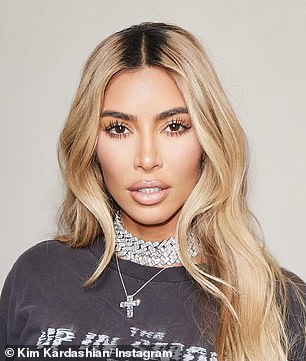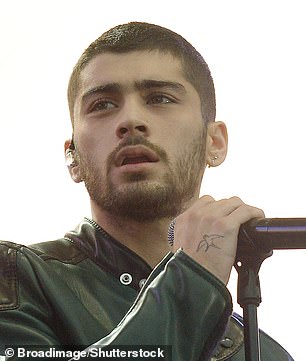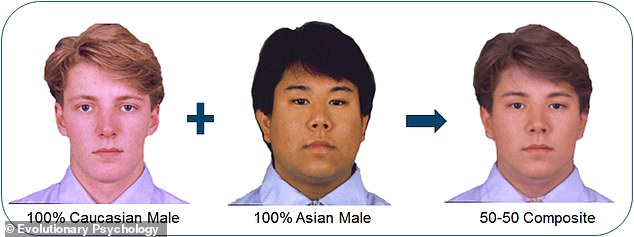- The researchers asked people to rate photographs of people in a variety of categories.
- Mixed-race people were rated as the most attractive, trustworthy and intelligent.
<!–
<!–
<!– <!–
<!–
<!–
<!–
From Kim Kardashian to Zayn Malik, many of Hollywood’s most glamorous stars are mixed race.
Now, a study has confirmed that mixed people really are more attractive.
Researchers at the Chinese University of Hong Kong asked Asian and Caucasian participants to rate photographs of people in a variety of categories.
The results revealed that mixed-race people were not only rated as more attractive, but also more trustworthy, intelligent, and likely to be successful than others.
“Biracial images trigger more positive social judgments through greater trustworthiness and attractiveness,” the team wrote in their study.



From Kim Kardashian to Zayn Malik, many of Hollywood’s most glamorous stars are mixed race. Now, a study confirms that biracial people really are more attractive
The 2021 UK Census revealed that mixed race is the third largest and fastest growing minority ethnic group in the UK.
Some predictions even estimate that by the end of the century, around one in three people in the UK will be mixed race, a figure that will rise to 75 per cent by 2150.
Despite these figures, there has been surprisingly little research into how people perceive mixed-race faces in different cultures.
Writing in his study, published in Evolutionary PsychologyThe researchers, led by
For the study, the team recruited 227 participants from the US and 116 participants from China.
Participants were shown seven pairs of faces (one female and one male in each pair), ranging from 100 percent Asian to 100 percent Caucasian, including morphed biracial compositions of 30 percent, 40 percent, 50 percent , 60 percent. percent, and 70 percent Caucasian or Asian.


Participants were shown seven pairs of faces (one female and one male in each pair), ranging from 100 percent Asian to 100 percent Caucasian, including morphed biracial compositions of 30 percent, 40 percent, 50 percent , 60 percent. percent, and 70 percent Caucasian or Asian
For each image, participants were asked to rate the people shown on attractiveness, trustworthiness, health, intelligence, and career prospects.
The results revealed that across all five categories, biracial faces earned the highest ratings.
While the reason for these findings is still unclear, researchers suggest it may have an evolutionary basis.
“Biracial facial cues indicate that two parents from different biological groups could successfully interbreed, probably cooperated in raising their children together, and may even have received alloparental support and assistance from one or both of their groups of origin,” wrote the equipment.
“Therefore, biracial traits could contain rich information about the evolutionary, genetic and taxonomic relationships between their parental groups and their capacity for parental and group cooperation.”
